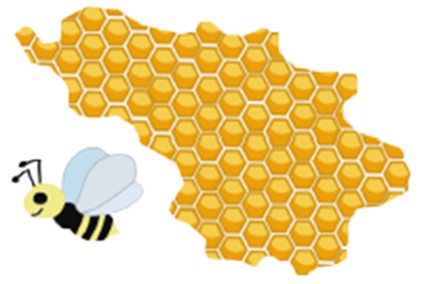A sugary fluid secreted by plants, especially within flowers to encourage pollination by insects and other animals. It is collected by bees to make into honey.
Nectar is a sugar-rich liquid produced by plants in glands called nectaries or nectarines, either within the flowers with which it attracts pollinating animals, or by extrafloral nectaries, which provide a nutrient source to animal mutualists, which in turn provide herbivore protection. Common nectar-consuming pollinators include mosquitoes, hoverflies, wasps, bees, butterflies and moths, hummingbirds, honeyeaters and bats. Nectar plays an important role in the foraging economics and overall evolution of nectar-eating species; for example, nectar and its properties are responsible for the differential evolution of the African honey bee, A. m. scutellata and the western honey bee. (Wikipedia)
Nectar is 80 to 95% water and 5 to 15% sucrose (or sugar). The sucrose is broken down into two simple sugars as the bees transport the nectar from the flower to the hive. Once the nectar is in the open cells, worker bees fan their wings to create heat that will evaporate the water that is mixed with nectar. When enough water is evaporated, the result is sticky, pure honey. The worker bees then cap the honey with beeswax to preserve the low moisture level. Honey has a moisture content of about 18%.
« Back to Glossary Index